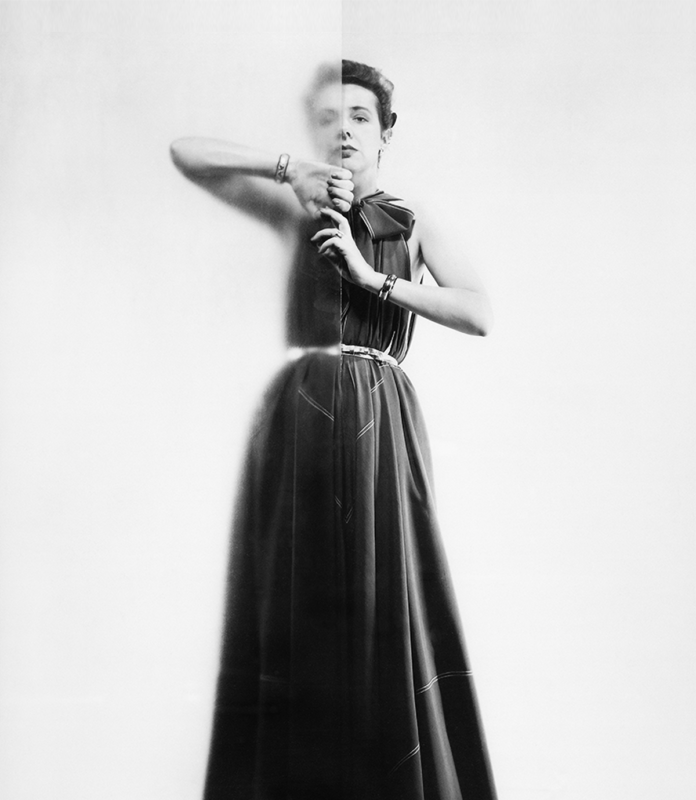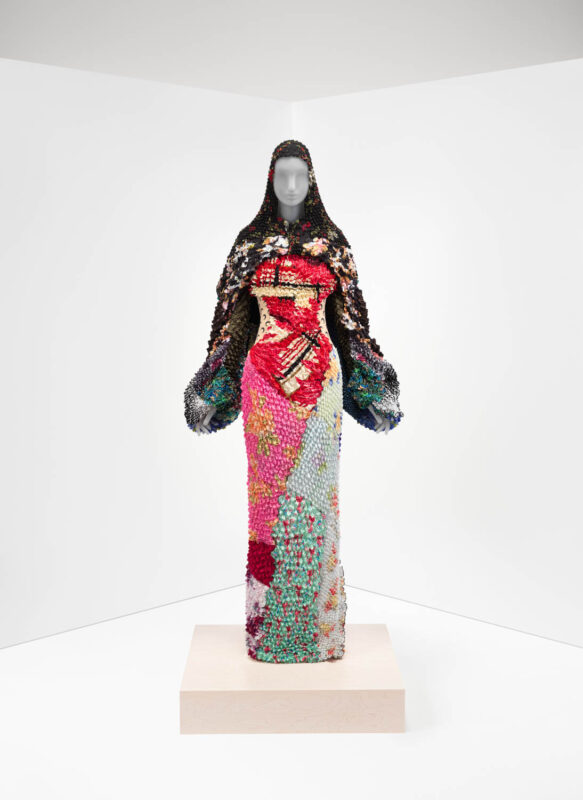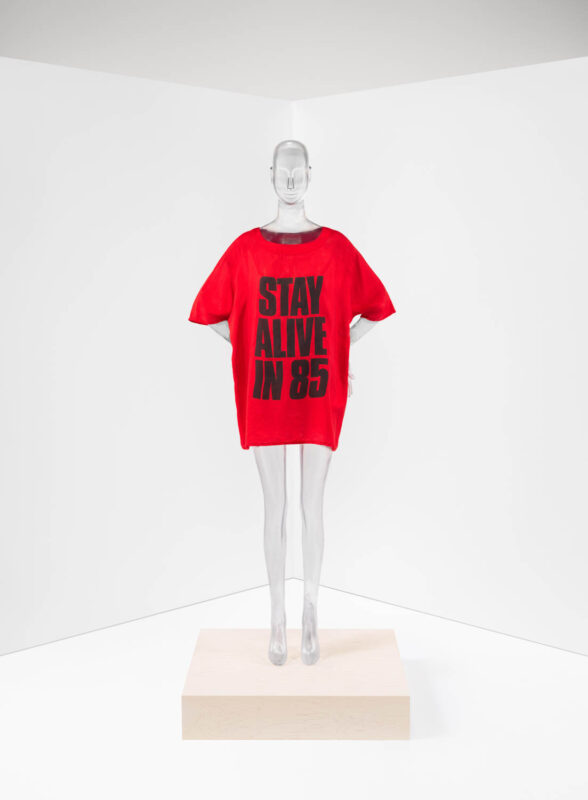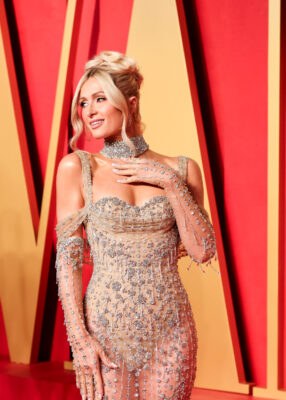
What's on
Women Dressing Women
An exhibit at the Met’s Costume Institute proves that women design for who we are, not just who we want to be. And the results are often stunning.
One surprise in viewing Women Dressing Women, an exhibit from The Metropolitan Museum’s Costume Institute, is the realization that even with the work of 70 featured designers, there are still many more fabulous, influential women who aren’t included. Where’s Mary Quant, that A-line beacon of the swinging 1960s? What about Pauline Trigère, Nicole Miller, Jean Muir, and Stella McCartney?
The reason, ironically, is because of inclusion: Slotted among the names everyone would recognize, considerable care has gone into including designers long forgotten or tragically overlooked. Taken in all at once, it’s an overwhelming confirmation of female excellence, spanning a time when women were barred outright from entering many professions . . . but not fashion. Who knew that in the 1920s and 1930s, female designers outnumbered their male counterparts? Between the two World Wars, an astonishing 22 women led Parisian-based houses.
However, given the history, this would make sense. Male designers who are often touted as great designers for women usually focused on adapting menswear for the female form. Halston’s pantsuits, Armani’s power suits, Yves St. Laurent’s “Le Smoking.” And then there was the opposite swing of the pendulum, with Gianni Versace’s overtly sexual womenswear, and Azzedine Alia’s body-con bandage dresses, sensibilities that would not be compatible in today’s all sizes, all shapes, all abilities world.


The Met addresses our new reality by including Jasmin Soe of Customiety, who designs for women with achondroplasia—or dwarfism—and Hillary Taymor of Collina Strada, whose ensemble is shown on a mannequin representing Aaron Rose Philip, a wheelchair-bound woman with cerebral palsy, who was featured in Taymor’s runway show. An outfit by size-inclusive Ester Manas is on display, where the plus-size body determines the shape of the garment instead of the other, more traditional way around.


Looking back to the early days of the twentieth century, it was a refreshing twist to learn it wasn’t men taking credit for women’s designs, but other women. Yes, we can be thieves too!
A French house named Premet showed versions of the Little Black Dress in 1923, though Coco Chanel is often credited with this innovation (albeit several years later). Another forgotten name is Jeanne Hallée, who, in 1911, featured pants worn under a long dress, ushering in the culotte, although it was Elsa Schiaparelli who got credit for inventing pant-inspired culottes in 1931.
Considering Jackie Kennedy’s extreme Francophilia, it’s notable that for her first wedding dress (and bridal gowns) her choice of designer was a Black woman, Ann Lowe, for A.F. Chantilly. The wedding took place in 1953, during segregation, and Lowe never received credit.
A particularly lively part of the exhibit is in the Agency: Boutique Division, covering the trend in the 1960s of designers with their own shops. Barbara Hulanicki’s stunning 1972 leopard print pantsuit (one of the few outfits in the exhibit that isn’t a dress) from the department store Biba, contributed to the rise of the leopard craze that endures five decades later.
Vivienne Westwood and Katherine Hamnett are featured, and the show’s lone miniskirt is from Betsey Johnson’s shop Paraphernalia, and was worn by “Baby” Jane Holzer. (We are reminded that even in the freewheeling 1960s, there were many, many places where a woman—including Holzer in this very outfit—could not go unless she was wearing an actual non-mini dress.)


Other celebrities wore the clothes on display, giving them an interesting provenance: Lauren Bacall owned the pink Sonia Rykiel skirt and sweater, and Louise Nevelson, known for her sculptures (such as a giant spider called Mother) was the improbable owner of a hooded, red-plaid poncho by Bonnie Chasin.
Women Dressing Women closes March 10th, 2024.
Hero photo of Claire McCardell wearing her “Future dress,” (1945) by Erwin Blumenfeld, courtesy of The Metropolitan Museum of Art



